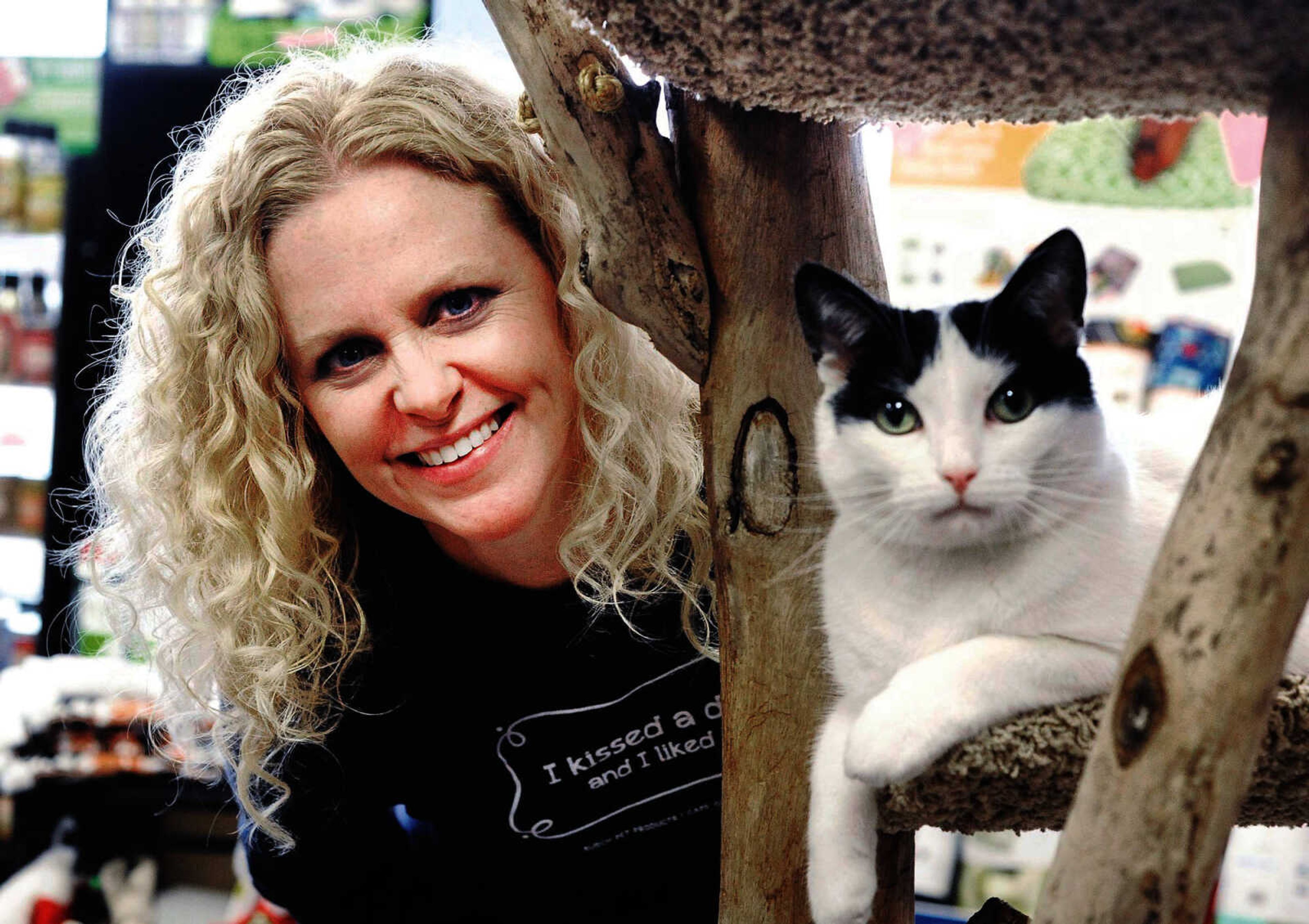Paws & Effect: Skills, knowledge and respect needed in dog training
It's back-to-school time again! As the long days of summer creep away and our routines are re-established, have you noticed the family dog acting out a bit more? Dogs like routine, and when we upset that routine, behavior issues can develop. That tends to happen most when there are changes in the dog's home environment...
It's back-to-school time again! As the long days of summer creep away and our routines are re-established, have you noticed the family dog acting out a bit more?
Dogs like routine, and when we upset that routine, behavior issues can develop. That tends to happen most when there are changes in the dog's home environment.
Back to school is one of those times. Fido had his kids with him all summer, playing and having fun. His favorite people were home with him. Then one day, everyone is back to the grind, with school all week and sports on the weekends. It's hard for some dogs to cope. They act out. They tear up carpets and bedding. They chew on furniture. They do things they haven't done since they were puppies.
How did dog training come about?
There isn't much information about formal dog training before World War I. Dogs lived on farms and in yards; they protected families and livestock. They pulled carts and kept rodents to a minimum. They learned their place as they went along, and they did it happily. During the war, people began needing dogs in new ways, which brought about a type of fast-approach dog training that only certain types of dogs could withstand.
After the war, many of the military dog trainers were discharged from the service. At the same time, people began to transition from farms to factories, which left dogs at home with no jobs. Many owners found their dogs acting out, which led them to have their dogs trained by former military trainers and others who had learned these training methods.
Types of training methods
The traditional method of training during World War I and World War II was dominance training. The military used force to train dogs and ensure they followed commands. Dominance trainers use corrections such as yanking on a leash to get a distracted dog's attention, a pinch (or prong-style) collar, or even a shock collar to keep the dog in check.
Dominance training still is a popular training method, due in part to Cesar Millan. Dominance draws many of its principles from information gathered on studies done on wolf packs. Some argue that wolves and dogs are vastly different and any information gained by studying wolves isn't applicable to domesticated dogs. Many opponents of this method point to studies showing that wolf packs are more like families and do not have an "alpha" individual at all.
Dominance training is only successful for the one person in the household who is strong enough or intimidating enough to control the dog. Very often that is the male of the home. This training method has come under scrutiny in the past few years because the result often is that a dog's true behavior is suppressed and the dog has a more submissive personality, since it lives to avoid corrections. The dog literally has to figure out, through trial and error, what he must do to not be punished.
Another method that many veterinarians and animal behaviorists use is the scientific training method. This involves trainers working with the dog instead of commanding the dog. Rewards are given when the dog performs adequately and taken away for unwanted behaviors. For example, a dog may jump to grab a ball that will be thrown, but the trainer holds the ball in a way that it's clear the dog will not get it. When the desired behavior is achieved (no jumping, for example), the dog is given the ball. That way, force and correction are not needed. The trainer is giving the dog time to figure out the proper behavior.
Positive reinforcement training is where the dog is never reprimanded and only ever rewarded for his or her actions. Unwanted behaviors are simply ignored. Clicker training would fall into this category, as no negative reinforcement is applied. Positive reinforcement is good thing, but it's possible the dog will never understand which behaviors are to be avoided. Many proponents believe the spirit of the dog will remain intact with positive reinforcement training.
How do you choose a good trainer?
It's up to you to decide how to train your dog. In general, a healthy medium between positive reinforcement and scientific training is best. Your dog is a family member, not just a piece of property. Ask yourself what you want your dog to learn.
It pays to do your research on dog trainers. Ask others who have been to classes or one-on-one sessions. If you send your dog away to a trainer, check out that person's qualifications and reviews from other customers. Don't hesitate to ask for referrals. A trainer needs to have the skills, knowledge and a healthy respect for animal behavior to provide training and guidance to your dog. A trainer should be respectful of the animal and understand what makes each one tick. Keeping your dog busy and engaged also goes without saying.
Good luck!
------
About Stacy
Stacy Busch-Heisserer is the owner of Busch Pet Products and Deer Creek Doggie Day Camp in Cape Girardeau. She is a lifelong animal lover who has four cats and four dogs.
Connect with the Southeast Missourian Newsroom:
For corrections to this story or other insights for the editor, click here. To submit a letter to the editor, click here. To learn about the Southeast Missourian’s AI Policy, click here.










